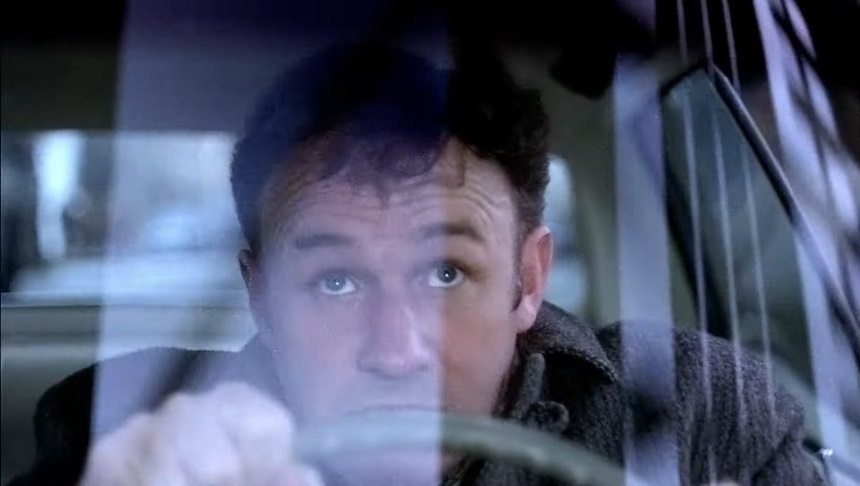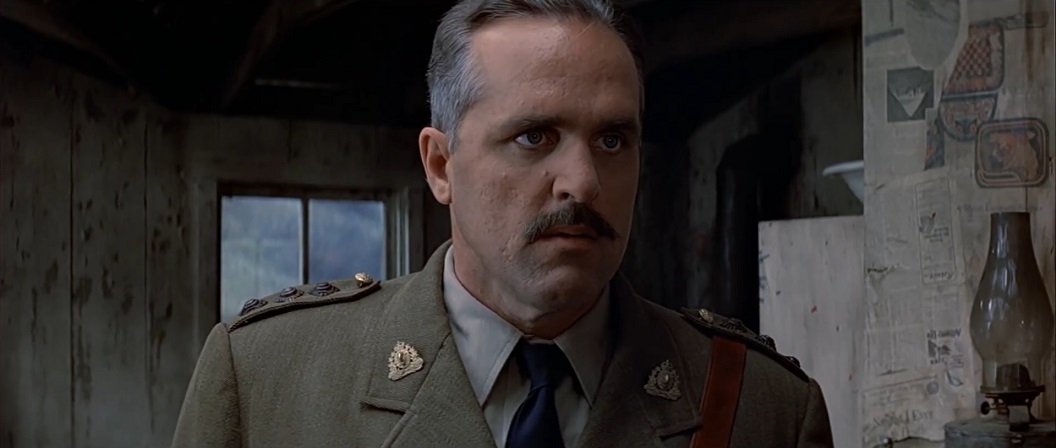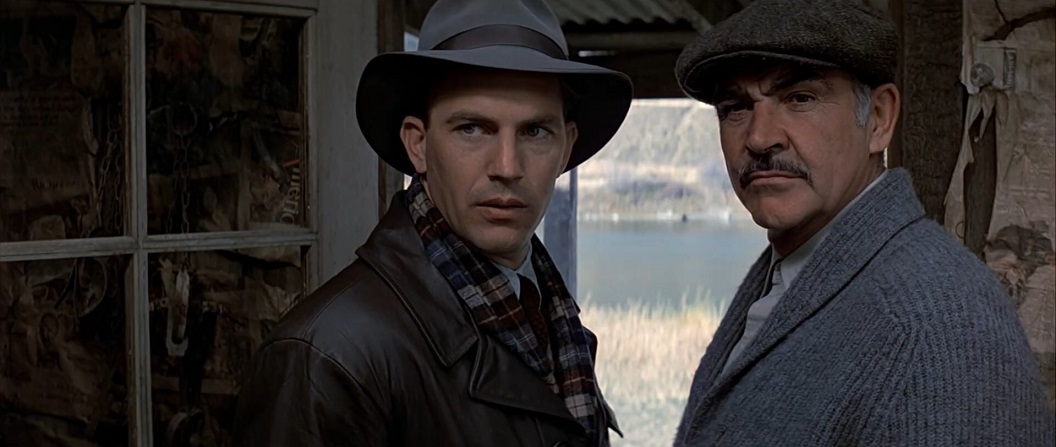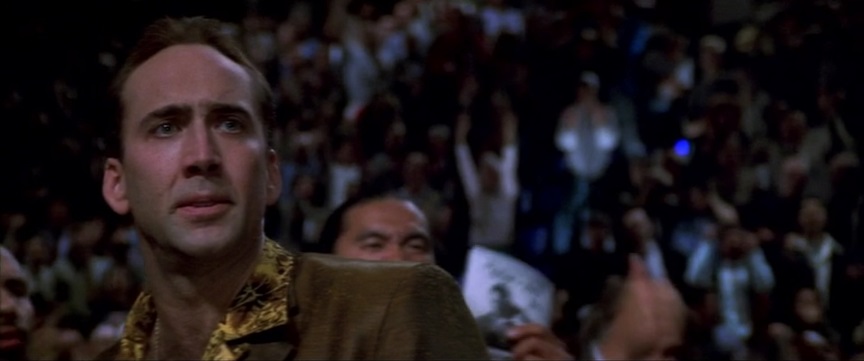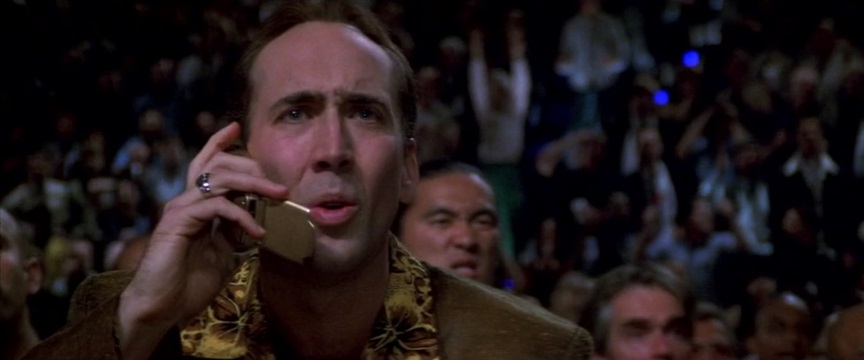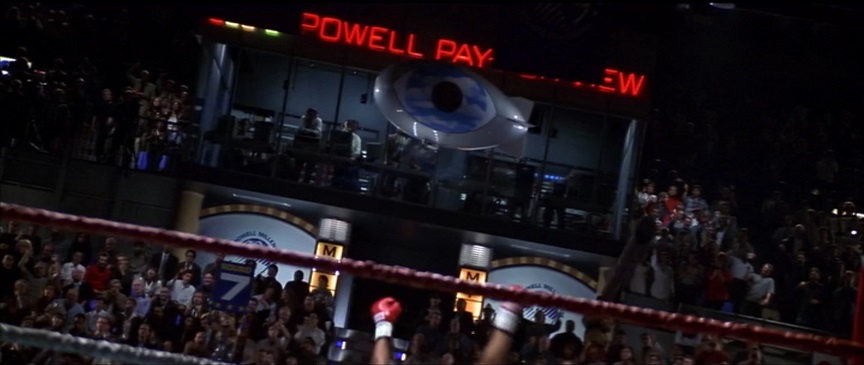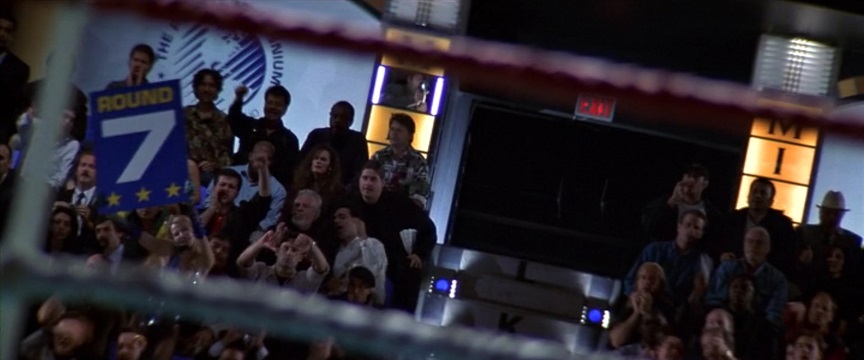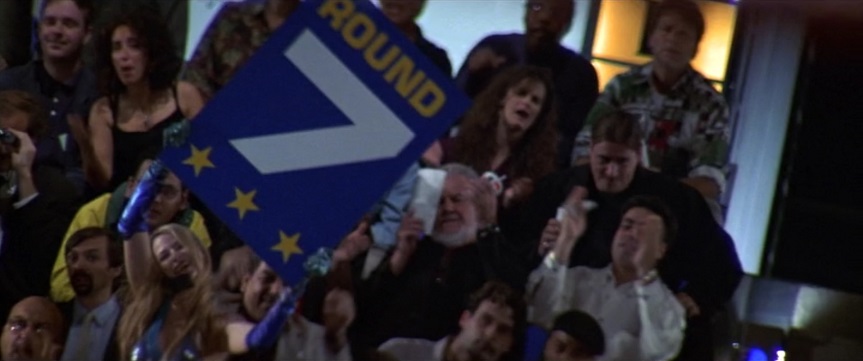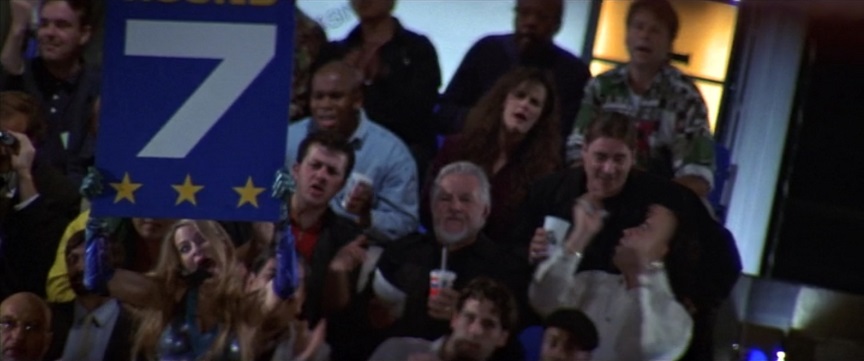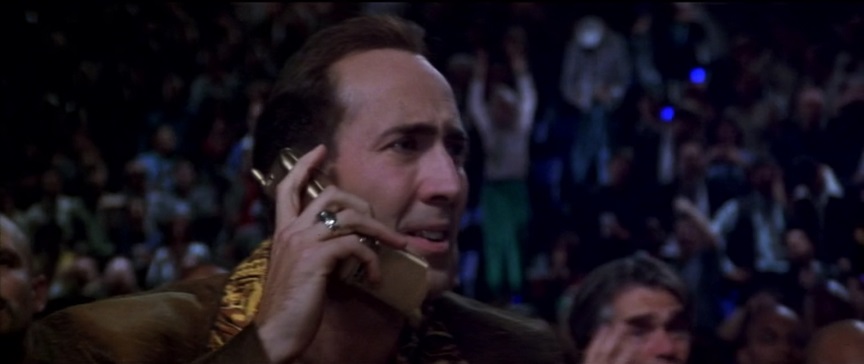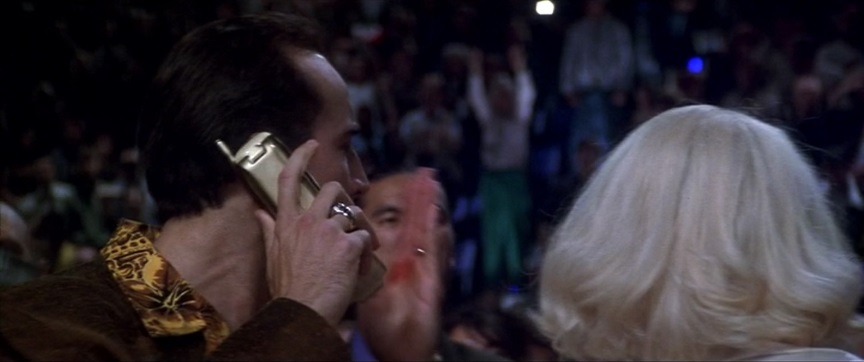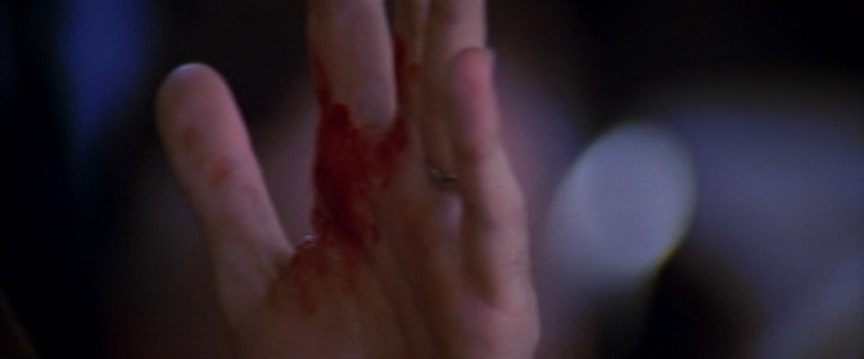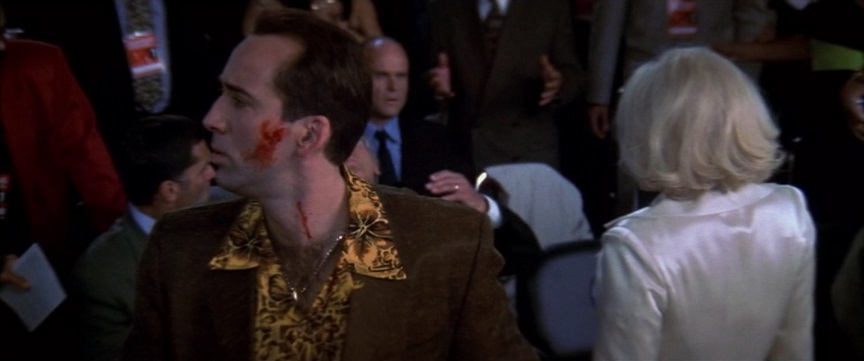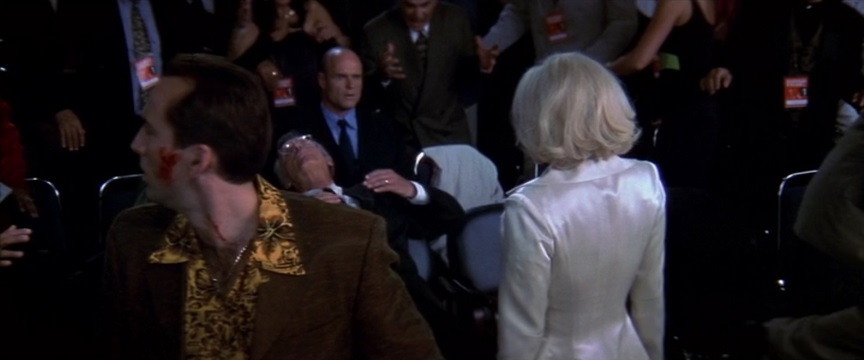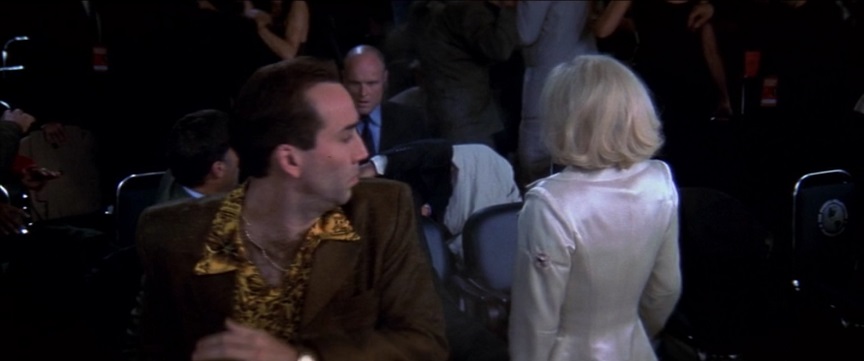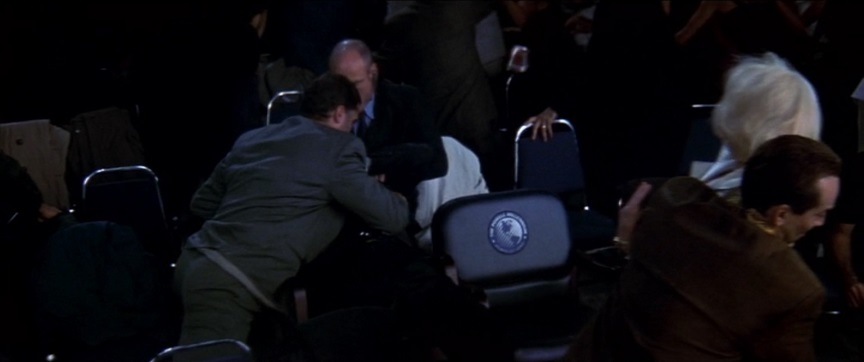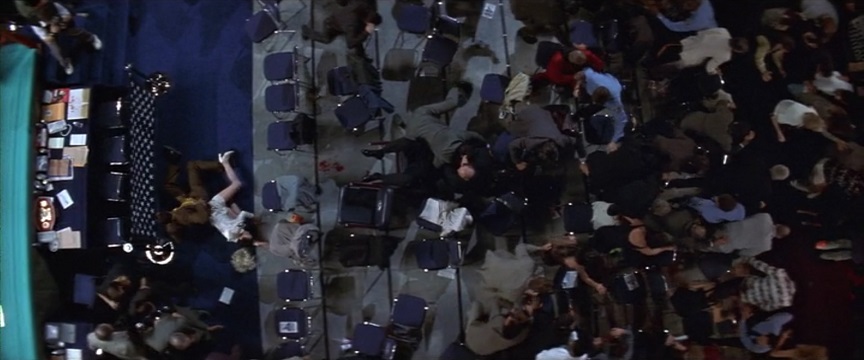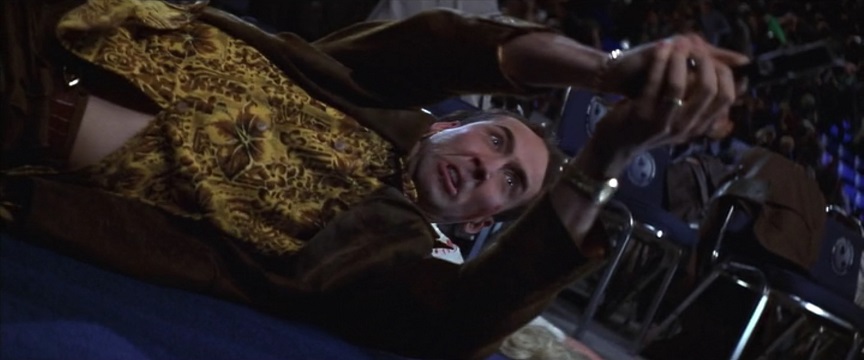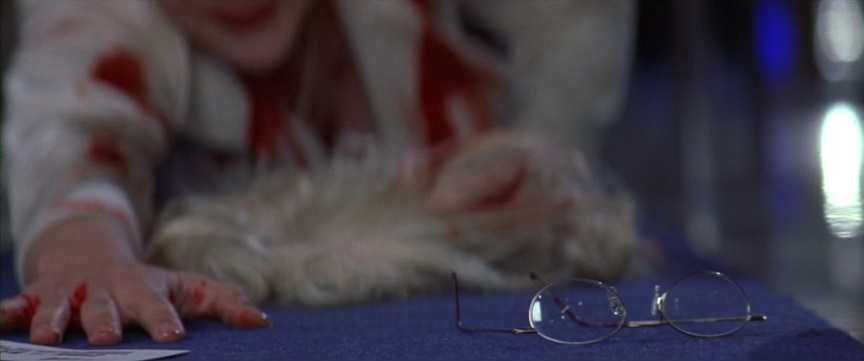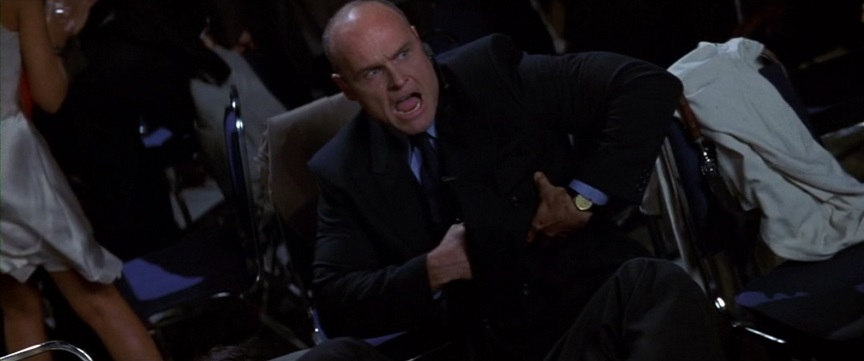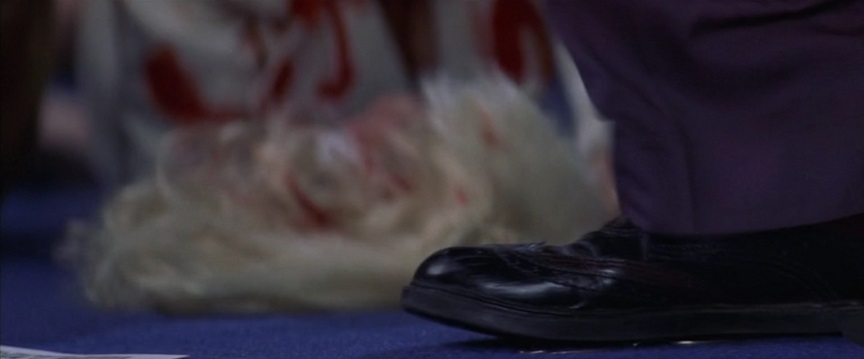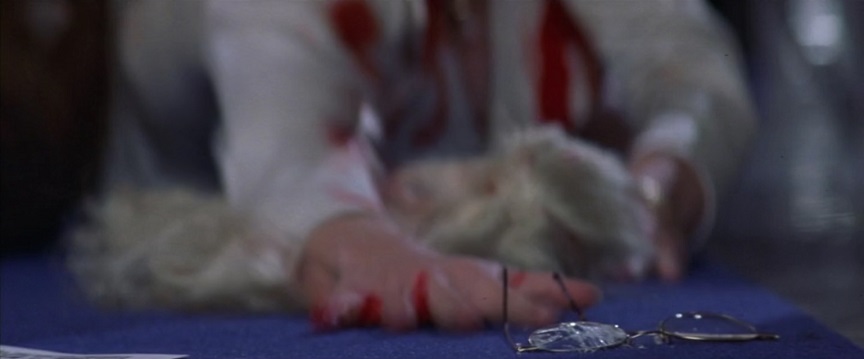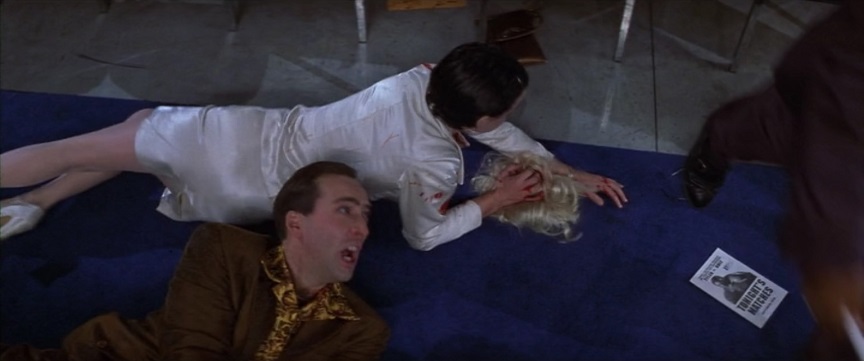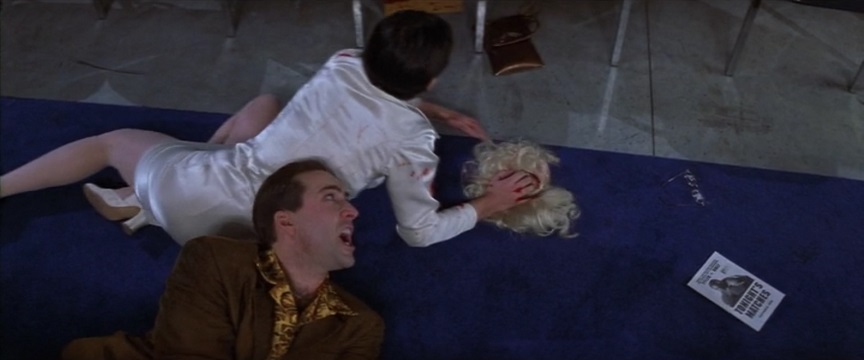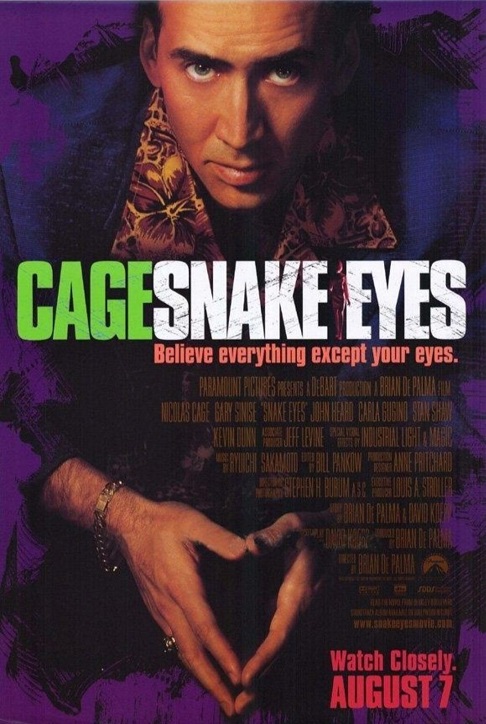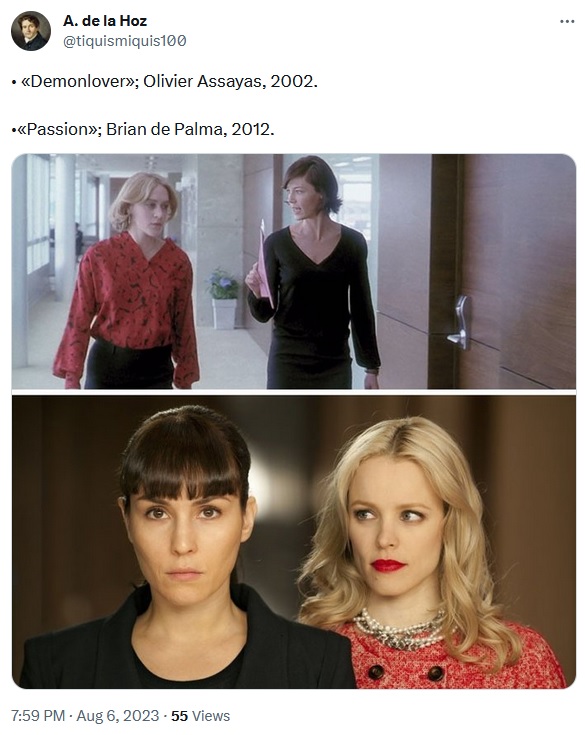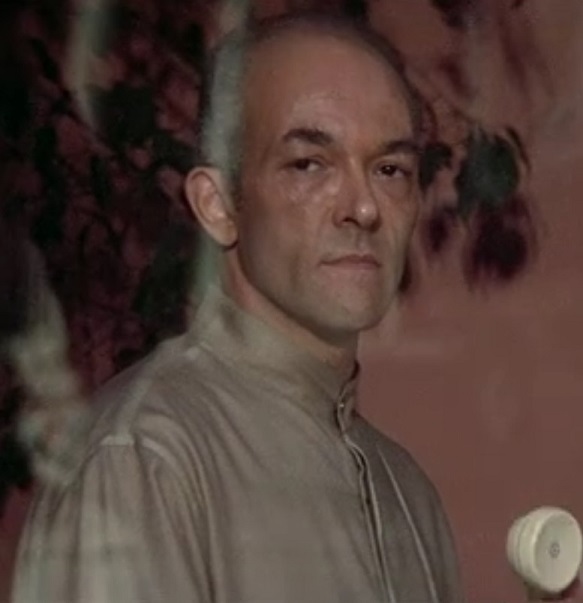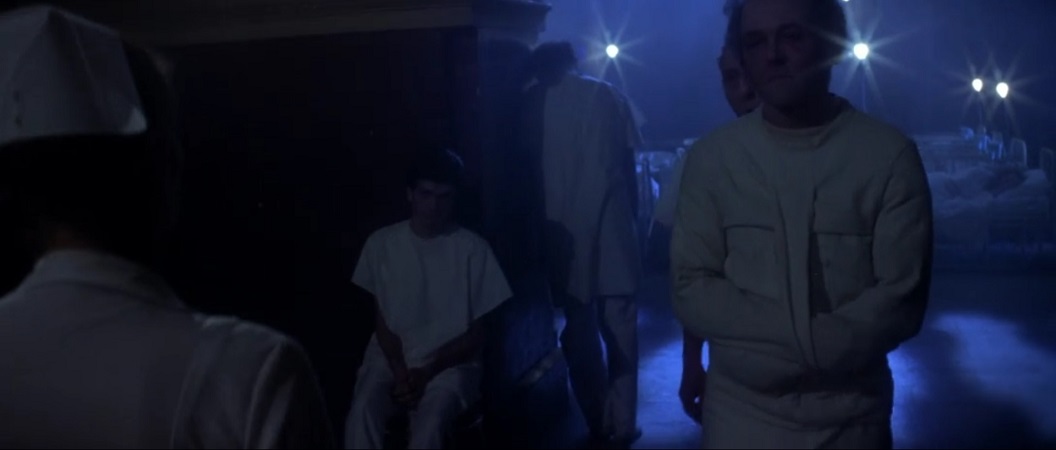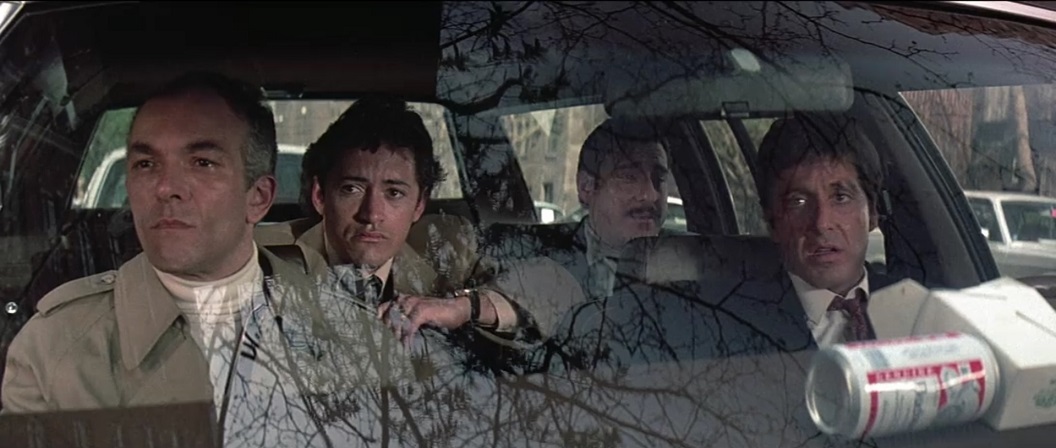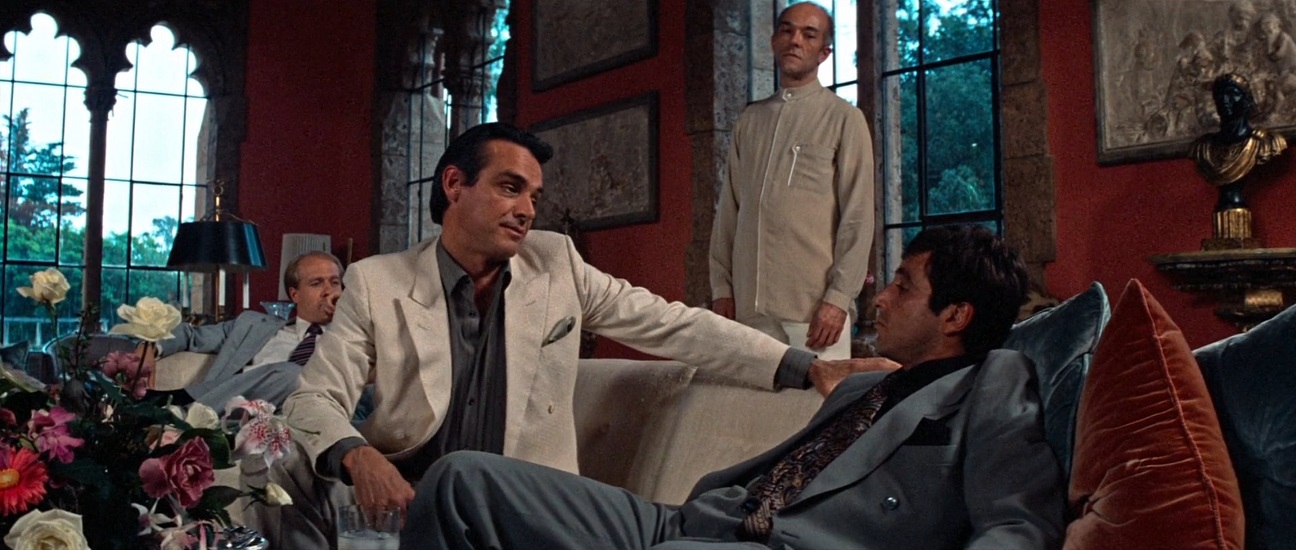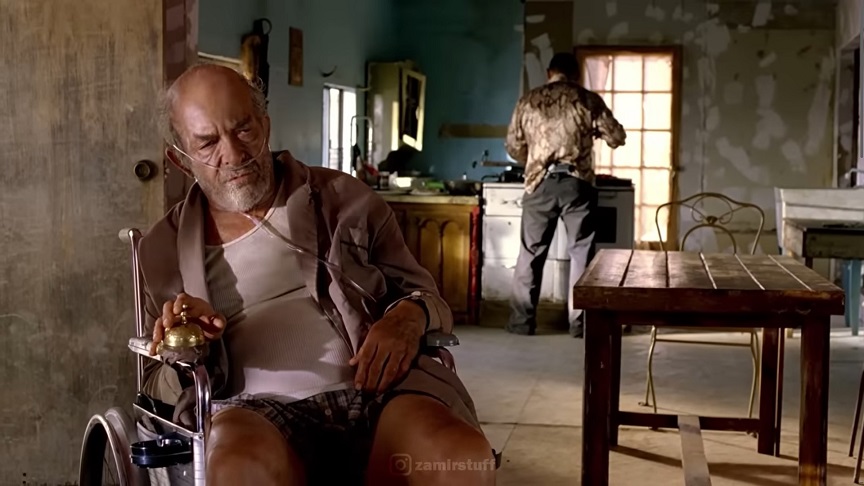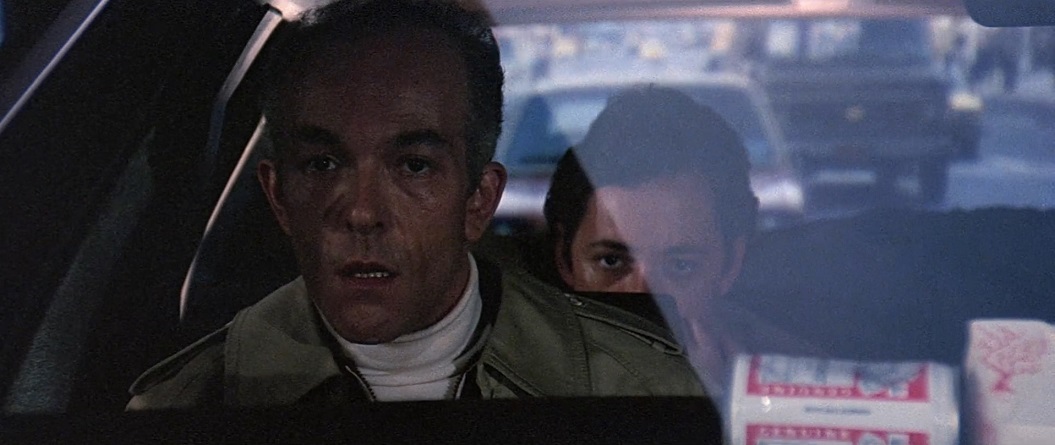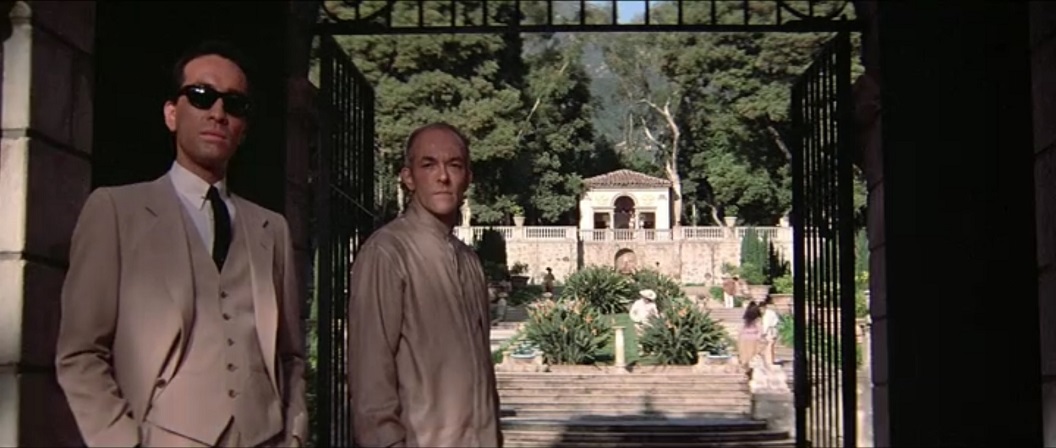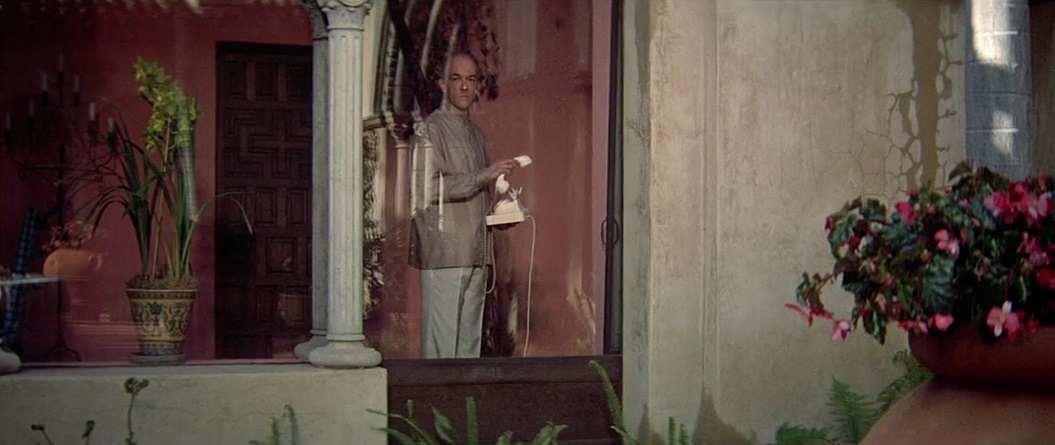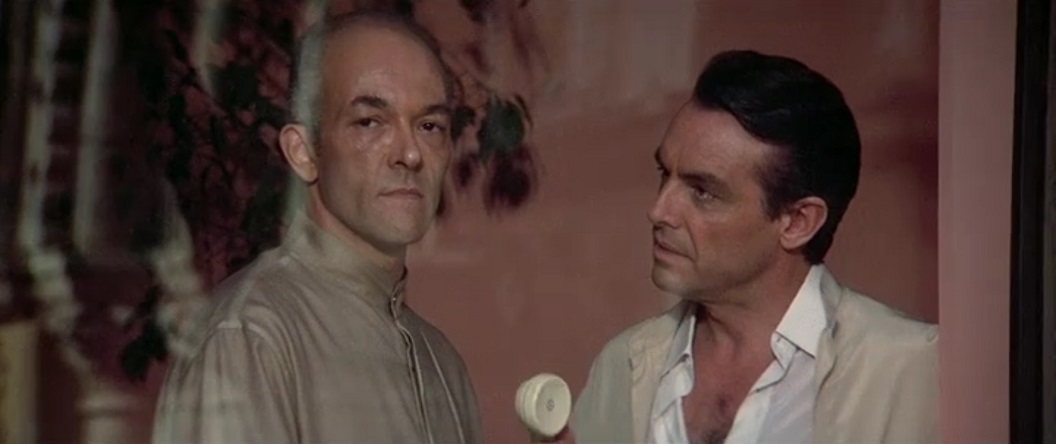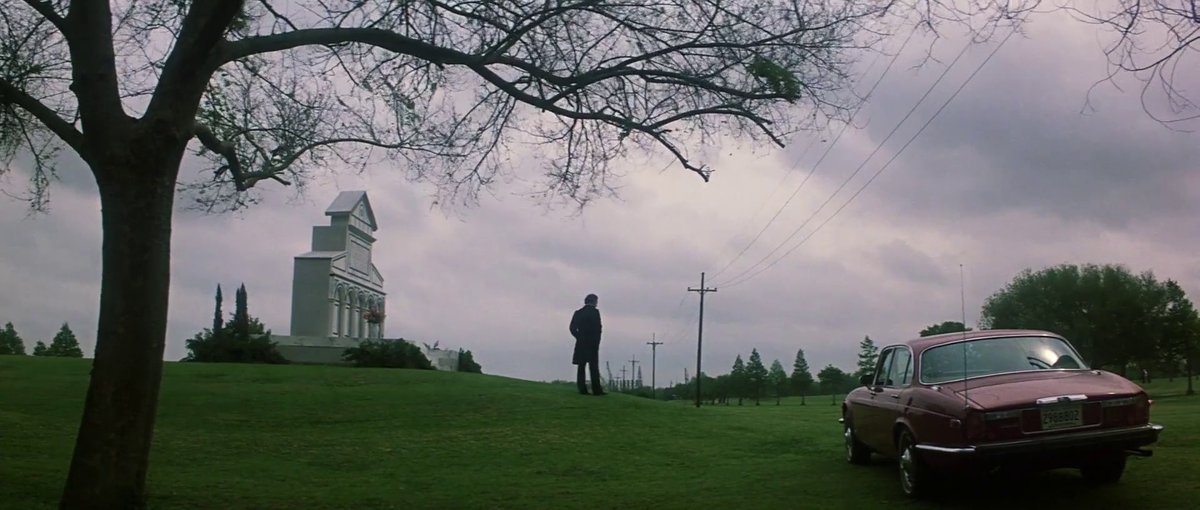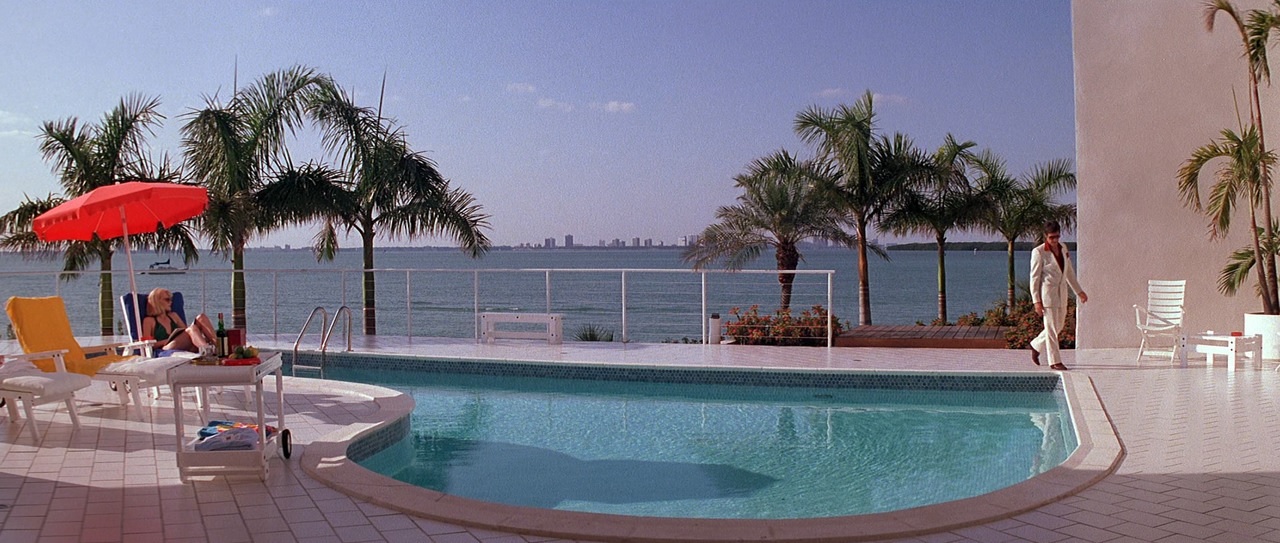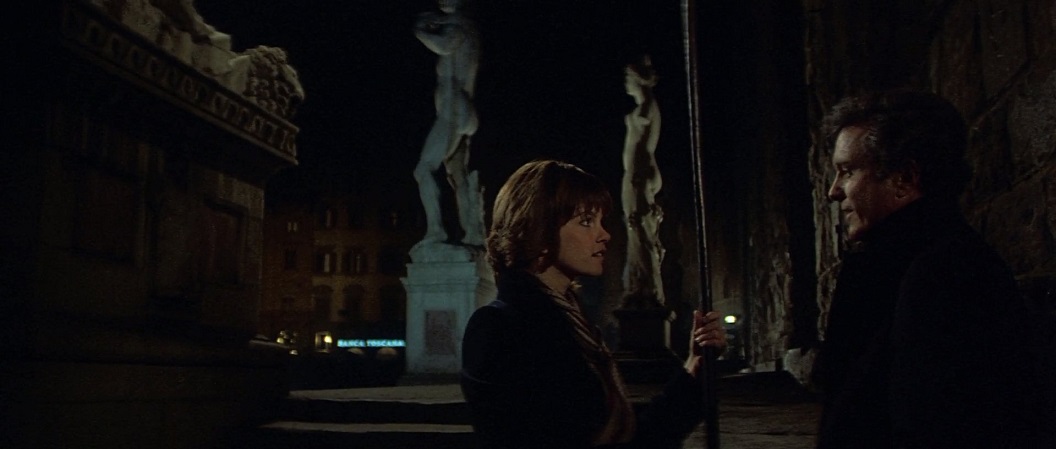, died Thursday in Manhattan following a short illness. He was 83. Several outlets reported that Margolis' son, Morgan Margolis, confirmed the news in a statement on Friday.
Mr. Margolis notched more than 160 credits in movies and on television, gaining particular notice with memorable roles in Brian De Palma’s “Scarface” (1983), playing opposite Al Pacino as a cocaine-syndicate henchman, and in the Jim Carrey comedy “Ace Ventura: Pet Detective” (1994), in which he played Ventura’s aggrieved landlord with delicious malevolence. He also became a go-to actor for the director Darren Aronofsky, appearing in his films “Pi” (1998), “Requiem for a Dream” (2000), “The Fountain” (2006), “The Wrestler” (2008), “Black Swan” (2010) and “Noah” (2014).
But no role made him as instantly recognizable to millions of viewers as Hector in Vince Gilligan’s critically acclaimed series “Breaking Bad,” which ran for five seasons on AMC, starting in 2008, starring Bryan Cranston, Aaron Paul and Anna Gunn, and in its prequel, “Better Call Saul,” which ran for six seasons starting in 2015, starring Bob Odenkirk and Giancarlo Esposito — two of the many actors who appeared in both shows — as well as Rhea Seehorn.
The role, in “Breaking Bad,” brought Mr. Margolis an Emmy nomination in 2012 for outstanding guest actor in a dramatic series.
An aging former drug cartel don from Mexico, Hector, also known as Tio, had come to live in a New Mexico nursing home, unable to speak or walk following a stroke but still firmly in control of his power as a rival to Walter White (Mr. Cranston), a mild-mannered high school chemistry teacher who evolves into a coldhearted kingpin in the crystal methedrine trade.
Despite his lack of dialogue in “Breaking Bad,” Mr. Margolis proved a scene stealer from his wheelchair, his eyes bulging, his face trembling with rage, despite the nasal cannula pumping oxygen up his nose and his palm furiously banging his bell, taped to an arm of the chair, whenever he needed attention.
“Everybody says, ‘My God it must be difficult to work without words,’” he said in a 2012 interview with Fast Company. “My joke is, ‘No. I’m already grounded in the fact that I’ve been acting without hair for years, and that’s not a problem. So, now I’m acting without words.’”
As a young actor, he added, he had trained to communicate emotions without dialogue. He also borrowed mannerisms, including a tobacco-chewing motion with the side of his mouth, from his mother-in-law, who had been confined to a Florida nursing home after a stroke.
As viewers discovered in “Better Call Saul,” which featured Mr. Margolis as an ambulatory and verbose Hector, the character had wound up in a wheelchair after a defector in his organization switched his medication to incapacitate him, leading to the stroke.
Despite the character’s broken moral compass and hair-trigger rage, Mr. Margolis managed to evoke Hector’s complexity — his humanity, even.
“You don’t play villains like they are villains,” he said in a 2012 interview with The Forward, the Jewish newspaper. “You play them like you know exactly where they are coming from. Which hopefully you do.”
Mark Margolis was born on Nov. 26, 1939, in Philadelphia to Isidore and Fanya (Fried) Margolis. He attended Temple University briefly before moving to New York, where at 19 he got a job as a personal assistant to the method acting guru Stella Adler. He also took a class with Lee Strasberg at his famed Actors Studio.
After making brief appearances on television shows like “Kojak” and in movies like the Dudley Moore comedy “Arthur” and Mr. De Palma’s “Dressed to Kill” (both from 1981), Mr. Margolis got his first taste of renown in “Scarface,” playing Alberto the Shadow, a bodyguard and hit man for Alejandro Sosa (Paul Shenar), the Bolivian drug boss who shows Mr. Pacino’s Tony the ropes in the cocaine business.
In one slyly comic moment in “Breaking Bad,” Hector is seen watching on television a famous scene from “Scarface” in which Tony spontaneously shoots Alberto in the head when he learns that Alberto’s planned car-bomb murder of a nosy journalist would also kill the journalist’s wife and children.
Despite his turns as a Latin heavy, Mr. Margolis, who was Jewish, did not speak Spanish, a point that earned him no shortage of derision from native speakers.
“I’ve lived in Mexico,” he said in 2016 interview with Vulture, New York magazine’s culture site. “I know enough of the grammar of it, and I’m pretty good with the accent of it. If I get a good tutor, I can lock into it pretty quickly.”
In addition to his son, he is survived by his wife of 61 years, Jacqueline Margolis; a brother, Jerome; and three grandchildren.
In the years between “Scarface” and “Breaking Bad,” Mr. Margolis’s prodigious output made him a known actor, if not a famous one. “People will often come up to me and say, ‘You’re that wonderful character actor,’” he told The Forward, apparently half seriously. “But I’m not a character actor. I’m a weird-looking romantic lead.”
Unlike most romantic leads, though, Mr. Margolis struggled at times to make a living. Fans, he told The New York Observer in 2012, “think that I’m some sort of rich guy, that everyone in the movies is making the kind of money Angelina Jolie is making.”
He and his wife had lived in the same apartment in Manhattan’s TriBeCa neighborhood since 1975. At least his turn as Hector provided him with a dash of supplemental income at the show’s peak, after a messaging app called Dingbel appropriated Hector’s simplest bell command — one ding for yes, two for no. Dingbel hired him as a spokesman.
As Mr. Margolis told Vulture: “I tell people I’m the second-most famous bell ringer after Quasimodo.”
